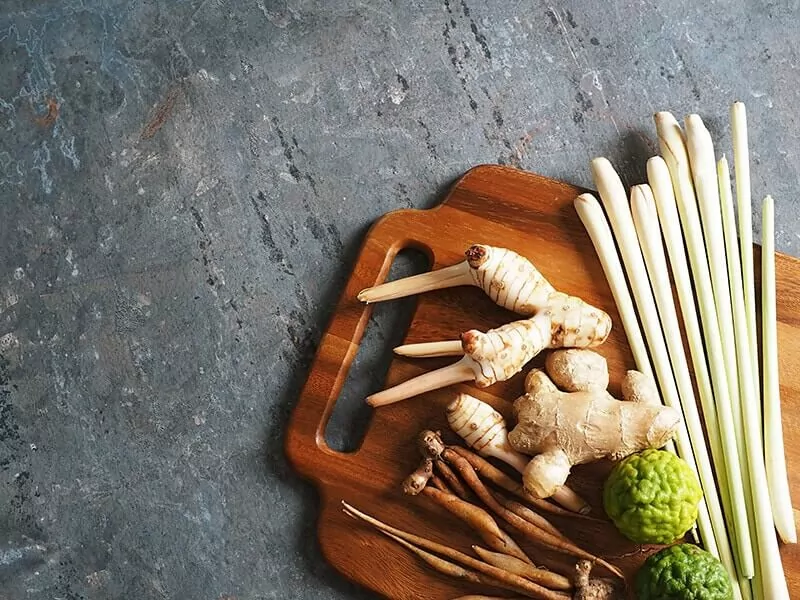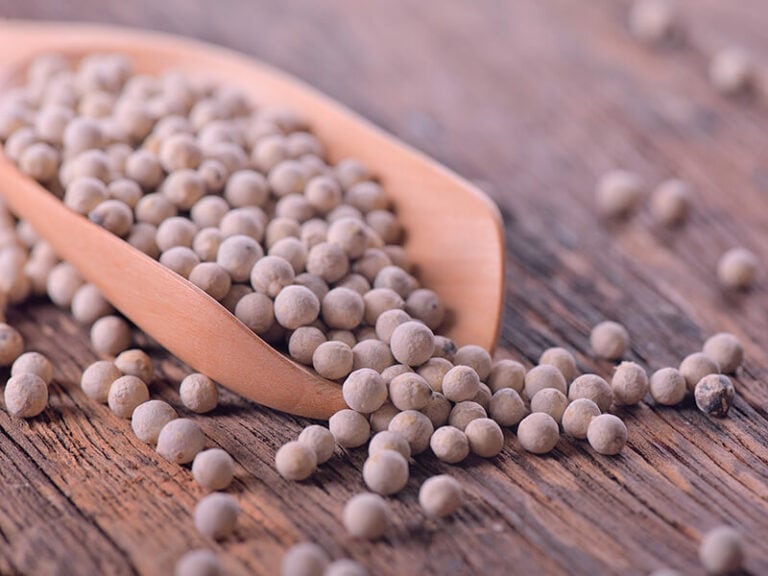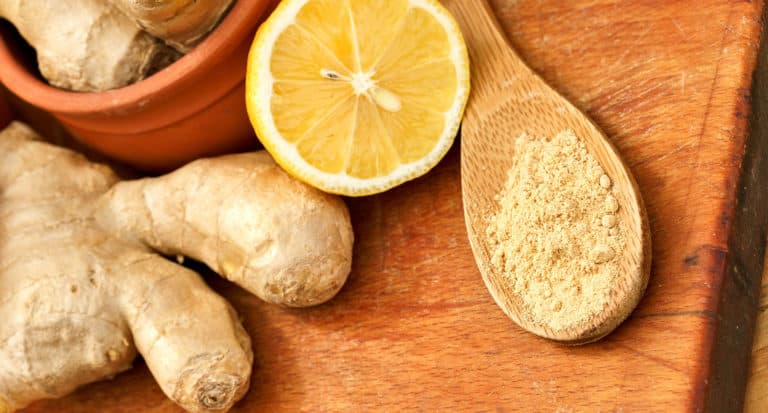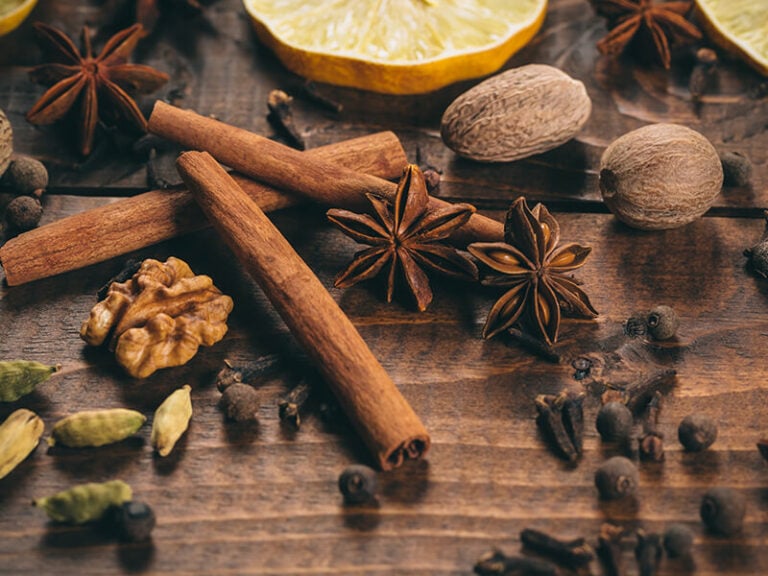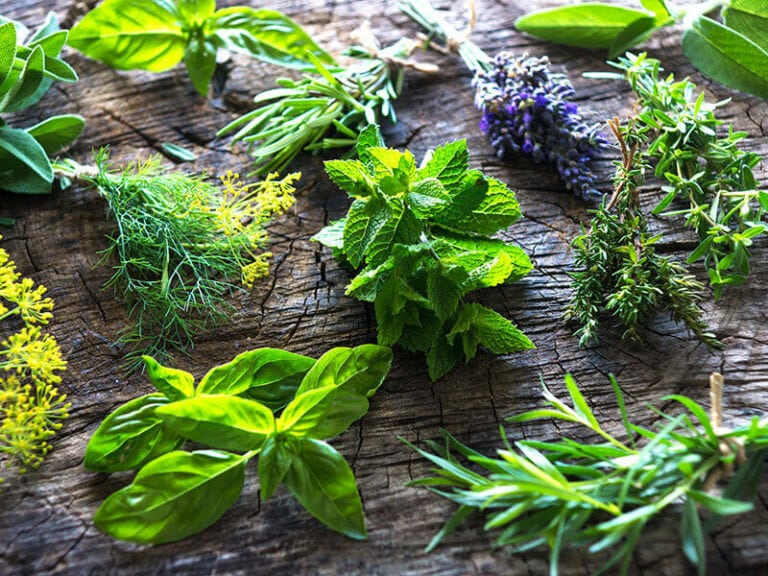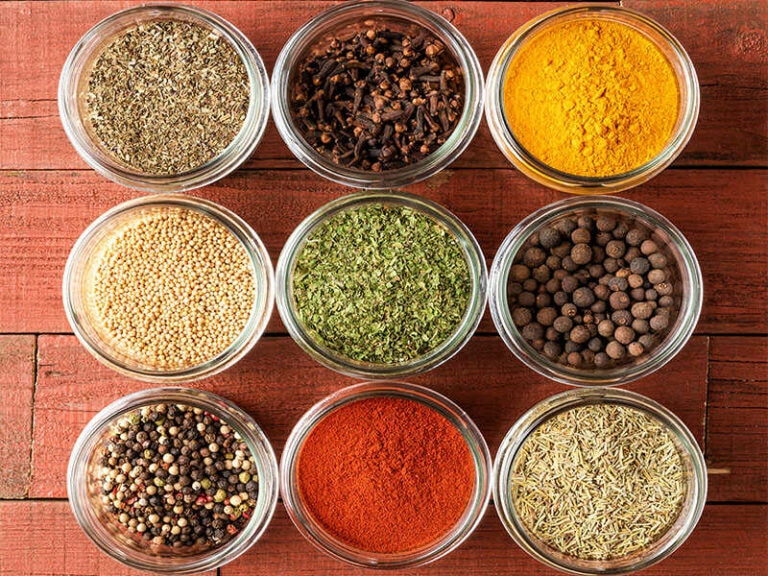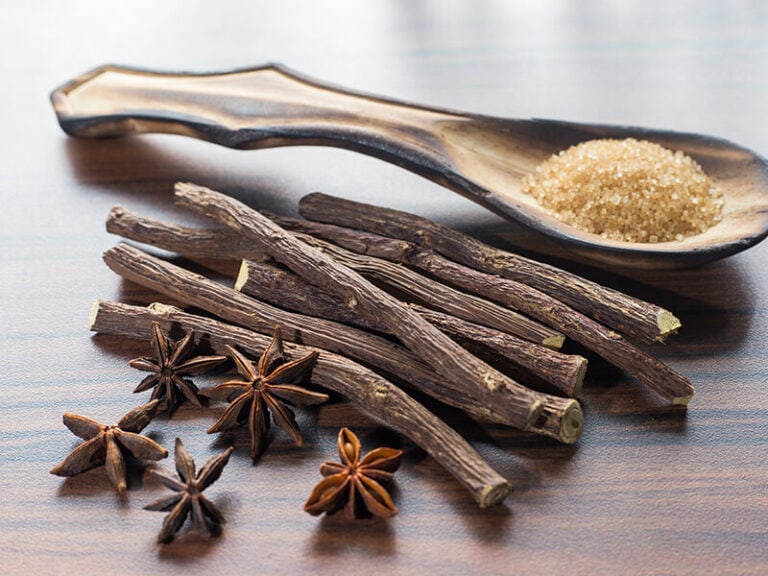Galangal or galangal substitute might be a new term if you are a beginner with Asian cuisine. Just imagine, you are preparing for a Southeast Asian dinner and then can’t find any fresh galangal for Tomyum, don’t be panicked.
Although galangal is a strong spice with unique flavors that are hard to replace, it is not necessarily irreplaceable.
I will introduce you to the spices you can substitute for galangal right below and what you are waiting for and not scroll down!
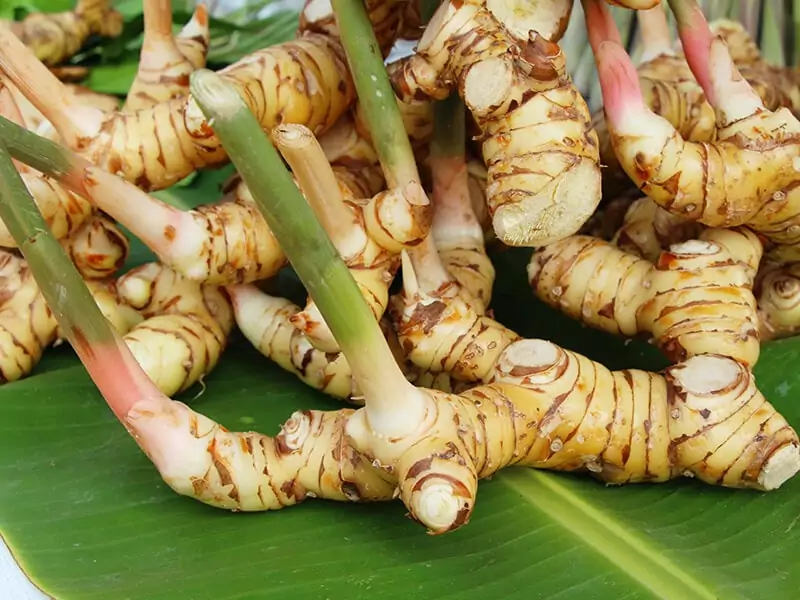
15 Perfect Fresh Galangal Substitutes You Should Not Miss
It’s been tough getting accustomed to Asian cuisine, isn’t it? Almost all traditional Asian cuisines, particularly those from Southeast Asia, have a plethora of spices. Each kind has a distinct taste that is difficult to substitute.
And it’s galangal’s turn to bother you today. For the ultimate substitutes for this food that starts with the letter “G”, check out the following list.
Vegetable Substitutes For Galangal
- Ginger
- Fingerroot
- Lemongrass
- Kaffir Lime Leaves
- Turmeric
- Horseradish
Spices Substitutes For Galangal
- Galangal Paste
- Galangal Powder
- Ginger Powder
- Mustard Seeds
- Black Pepper
- White Pepper
Other Substitutes For Galangal
- Mustard Oil
- Cinnamon + Mace
- Cinnamon + Ginger
General Identity Of Galangal
First of all, why not start with some general information about galangal? Galangal can be a new or a familiar term to you, but let me tell you some more.
Galangal or blue ginger (Thai ginger or lengkuas) is a member of the Zingiberaceae hot spice family, which also has ginger and turmeric. This rhizome spice is native to Southeast Asia countries and can be seen in many traditional dishes.
Galangal is similar in appearance to ginger or turmeric but has a bigger, paler skin and a hard root-like pulp. Therefore, galangal is usually minced, sliced, or pounded in cooking, not grated like ginger.
To describe the unique taste of galangal is indeed quite complicated. It is almost piney, a bright, citrusy flavor similar to lemongrass but also has the pungent taste left in the mouth like that of ginger. It is still a bit less spicy than ginger.
This spice can either be eaten raw or cooked, usually intended to enhance a warming dish’s flavor or reduce the fishy smell of ingredients such as fish or shrimp. They are often used as condiments, seasoning, or flavored pastes to stews or curries.
There are two main types of galangal which are lesser galangal and greater galangal. The lesser galangal is smaller in size compared to the greater. The taste of lesser galangal is a bit more peppery and piney than greater.
In America, the greater galangal is more popular and used more in culinary than the lesser, which is primarily used in medical applications. Therefore, the galangals which are mentioned below can be understood as greater galangals.
Both galangals are believed to support treating infectious diseases, reducing inflammation, fighting cancer, carminatives to relieve nausea, flatulence, dyspepsia, rheumatism, catarrh, enteritis, or even an aphrodisiac.
Let’s see this video to know:
What’s A Good Alternative For Fresh Galangal?
Galangal is a famous ingredient in Asian cuisines and nearly can not be replaced in many dishes. Although galangal is no longer difficult to obtain in stores, you still can not buy it. In that case, you can try these options with some of the specific substitute ratios below.
As you can see, there are still many of the substitutes left that I didn’t provide the specific conversion ratios. You don’t need to worry about that!
Cooking is all about tasting and feeling, those substitutes are difficult to bring the closest taste of galangal, but they do have some similarities.
Not continuing to confuse you, I will explain each of them carefully and hope that you can find yourself your most favorite substitutes. And then, maybe, comment and share with me.
Vegetables That Can Substitutes For Galangal
First we will talk about vegetables with a relatively strong flavor that can be substituted for galangal. Let’s scroll down!
1. Ginger
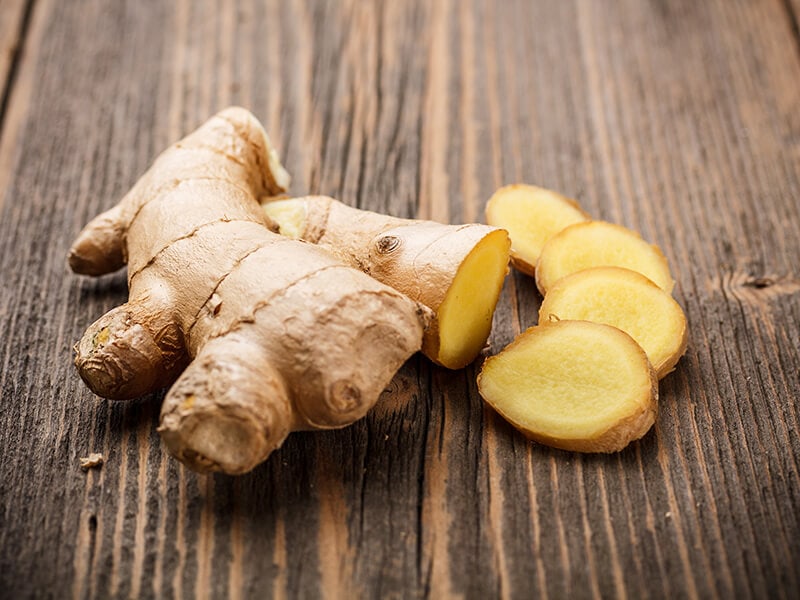
Ginger is a cousin from the Zingiberaceae family with galangal and is believed to have originated in India and China and then spread around the world. The flavor of fresh ginger is mild sweetness, and at the same time, it also has a robust smell similar to galangal.
To replace galangal, you can use grated ginger to marinate meat, fish or add stir-fries, stews, and soups (especially seafood soups). Or you can mince your ginger nicely. Either way, it would help the flavor soak thoroughly in the food.
Besides, ginger doesn’t bring the citrusy flavor, so you should consider mixing it with some lemongrass or lime zest, lime leaves or ¼ to ⅛ teaspoon of lemon juice if you want to have that flavor.
Ginger is much spicier than galangal, so remember to use a maximum of ¾ (as I suggested) or the ½ ratios to replace galangal.
2. Fingerroot
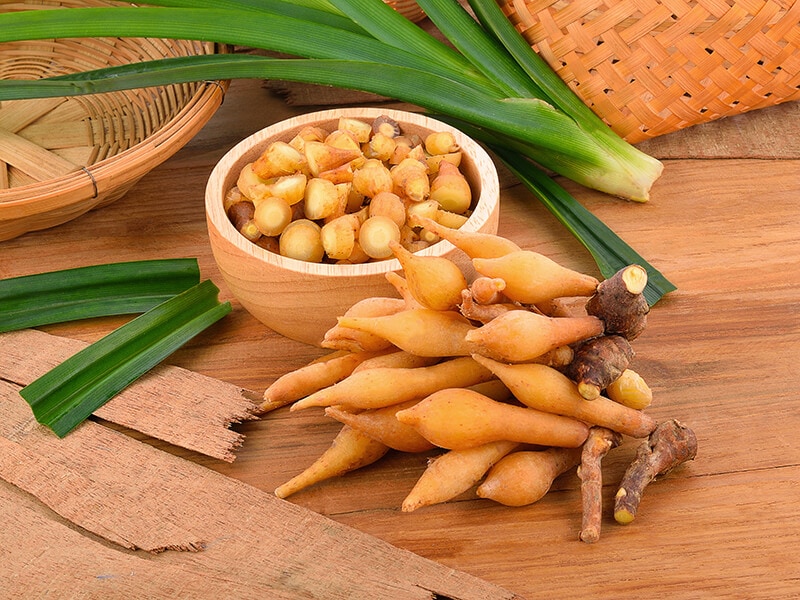
If ginger is the top 1 on the perfect galangal substitution list, fingerroot will be the runner-up. Its appearance reminds you of little brownish-orange fingers.
Not as intense as its cousin from the same botanical family, ginger and galangal. The milder aroma of fingerroot is perfect to fit with many seafood dishes. In Thai and Cambodian cuisines, they use this spice to minimize the excessive fishy flavors.
Fingerroot is much more alike in taste with ginger than galangal, which means it is spicier than galangal. You might want to start with a ratio of ¾ and increase to the maximum proportion of 1:1 if you want.
Let’s add Pad Cha – a perfect fingerroot dish, to your must-try recipes! Watch this video:
3. Lemongrass
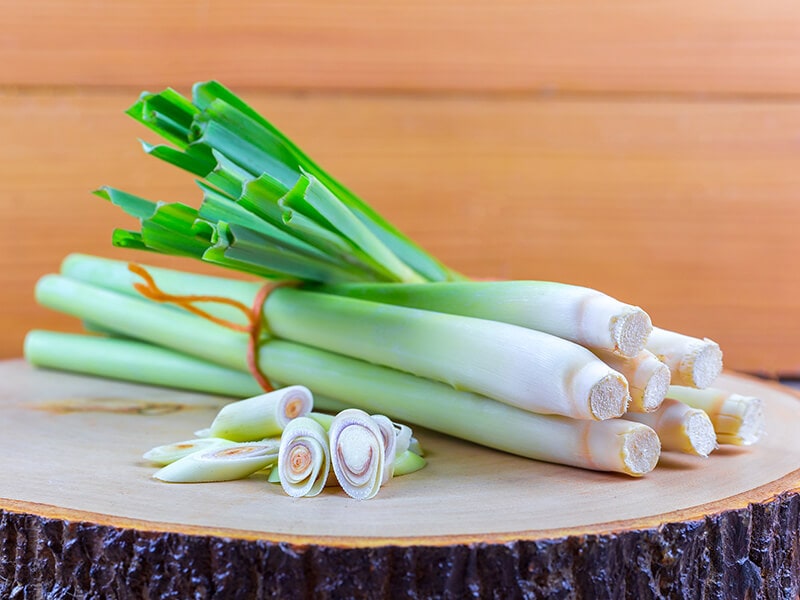
If you love exotic Vietnamese cuisine or other Asian foods, you may already know about lemongrass. Lemongrass and its substitutes are frequently used in soups, stews, stir-fries, and also for dips and tea to enhance their flavors.
As you know, galangal flavors include strong pungency, hotness, spicinesses like ginger and lime-like citrusy, or you can also think of lemongrass. And that’s also why we can substitute galangal with lemongrass.
Lemongrass has an attractive aroma similar to lime zests and a bit of hotness that is easier to taste when cooking with big chunks.
I suggest you substitute galangal with lemongrass in stews and soups, with a ratio of 1 and ½ teaspoon of lemongrass to 1 teaspoon of fresh galangal.
4. Kaffir Lime Leaves
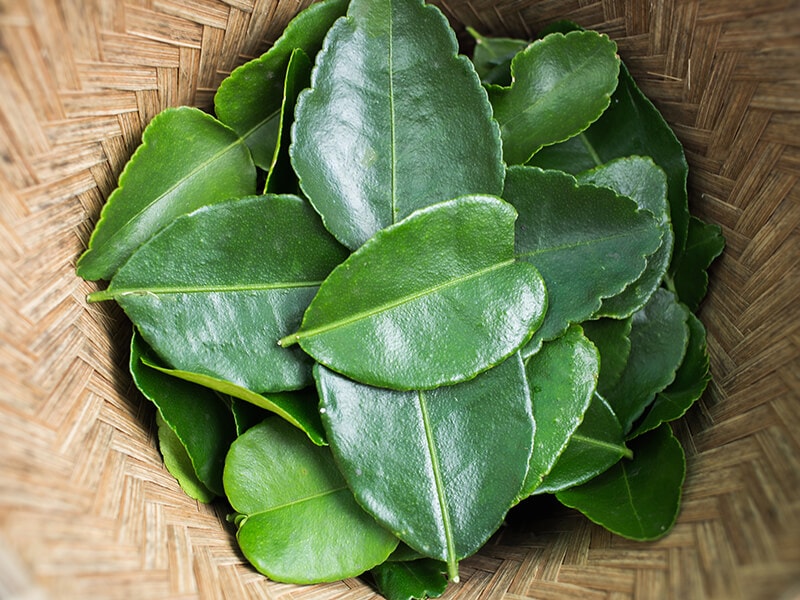
Kaffir lime leaves are a very typical ingredient in many traditional Malaysian dishes. They are leaves, or “double-leaves” from kaffir limes trees, used more frequently than fruits. The leaves have the texture and usages somehow similar to Bay leaves and can not be eaten.
To have more flavor from the lime leaves, they usually tear them roughly. The flavors of them are also very distinctive, which are a mild spiced-citrus flavor. They are edible when finely chopped and are commonly used in stir-fries.
If your dishes need galangal to eliminate the fishy smell or bring the lime-like aroma, you can completely replace it with kaffir lime leaves. These leaves are perfect with curries and soup pastes.
The first time you use these lime leaves as a substitute for galangal, you can adjust their amount little by little until you are satisfied with the taste.
A signature ingredient of Thai cuisine and how to deal with it! Watch this video:
5. Turmeric
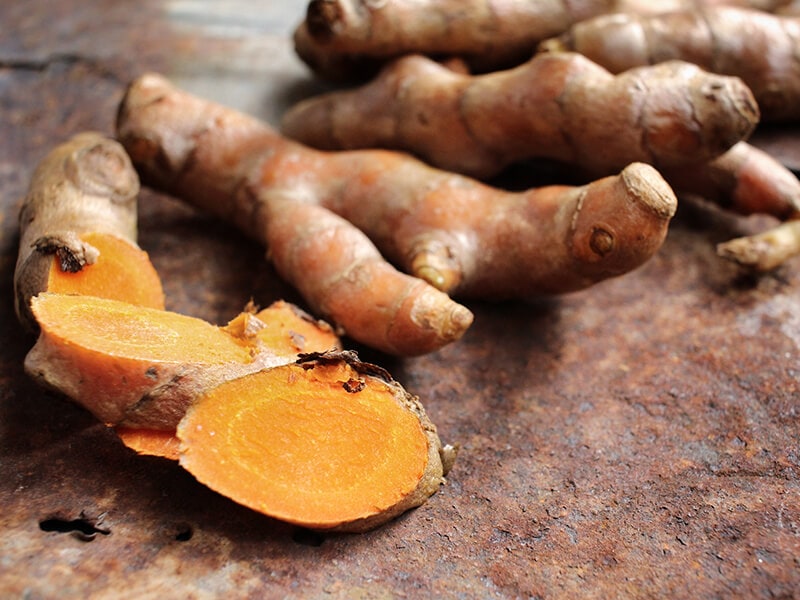
Do you know that turmeric is usually used as a natural food tint? It has a great yellow tint that can bring an attractive color to your curry or stews. Turmeric is native in Thai, Indian, Vietnamese cuisines and can be used in various dishes.
This cousin of ginger brings a sharp, bitter taste, musky, earthy, and a bit of peppery spice. Although having just minor similarities with galangal in taste, their abilities in reducing the unpleasant smells from fish or meat are nearly the same.
I suggest you replace galangal with turmeric in stews or curries rather than the other dishes since the bitter taste of turmeric can easily be detected in dishes like stir-fries or pastes.
To alter galangal with turmeric, you should use triple the required amount of galangal in the recipe. For instance, if the recipe needs 1 teaspoon of fresh galangal, you can alter it with three teaspoons of fresh turmeric.
6. Horseradish
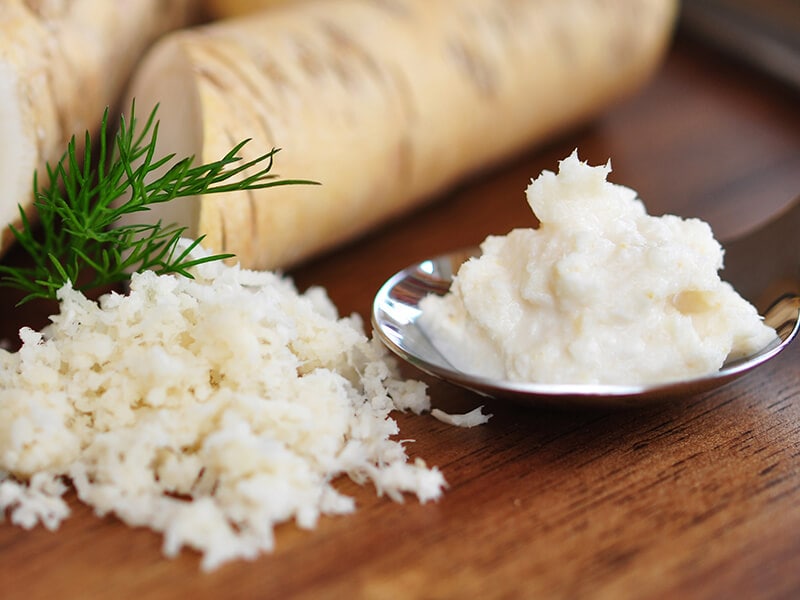
Horseradish is a root of a vegetable from the same family with broccoli, mustard, and kale. This type of vegetable is a pungent condiment, often confused with “wasabi”, its enzyme can remind you of mustard oil.
Horseradish usually is grated and mixed with other sauces or condiments to make horseradish sauces. You can use these sauces as sides to compliment corned beef, meat, or fish dishes. Or add a bit of grated horseradish for a pungency kick to your soups.
Make sure you only use it at the last steps. If you are not sure about the balance ratios, just try a few first and adjust later.
No more store-bought horseradish sauce! This is how to make your own at home.
6 Incredible Spices To Alter Galangal You Should Know
What if you don’t have any of the below fresh vegetables on hand? You can consider these alternative spices below, which might be easier to be found in any Asian spices aisles.
7. Galangal Paste
When it is too hard to find fresh galangal at stores, you can try to find galangal paste at the ready-made condiments counters or Asian seasoning counters. Sometimes, you can find the frozen fresh galangal, which is more challenging to use; I suggest using pastes.
Galangal pastes don’t usually contain 100% galangal; they are typically mixed with the other condiments or spices ready for certain dishes, such as “Thai green curry paste” or “satay”. Their tastes are usually more subtle and milder than fresh ones.
When you have many galangals, you can make your own 100% pure galangal paste at home. First, you do the processing by pounding your fresh galangals up or mincing them into very thin slices.
After that, you should put them in a sterilized jar, add some water, and cover the mixture with oil on the surface. Seal the jar tightly, and you can have pure galangal paste in the cool compartment for up to a month.
An inch of fresh galangal equals 1 teaspoon of the pure paste.
8. Galangal Powder
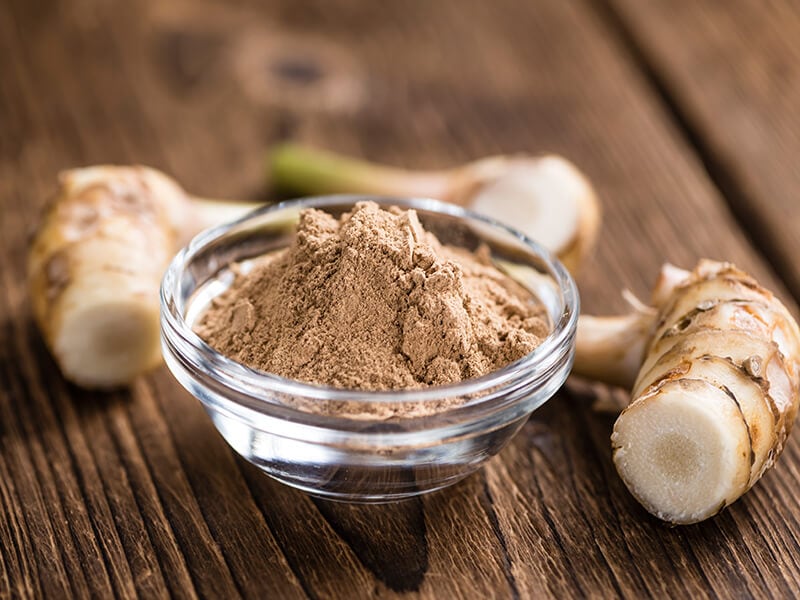
Galangal powder is a much easier-to-reach method of galangal and can replace fresh galangals in any dish.
Although it’s easier to use, store, and has a longer shelf life than fresh, galangal powder brings much less spice and sharp aroma. Many Asian cuisines prefer fresh ingredients, powders, or dried products that are only used in the case of force majeure.
To best substitute the taste of fresh galangals, I suggest you use 1 ½ teaspoon of powdered galangal to replace 1 inch of the fresh. Otherwise, a conversion proportion of 1 teaspoon of powder to replace 1 inch of fresh galangal can also work.
As the powder is much milder, so if you are not satisfied with the ratios above, you can fix them to fit your taste. Powdered galangal is perfect for replacing galangal in soups or stews to maintain their smooth textures.
9. Ginger Powder
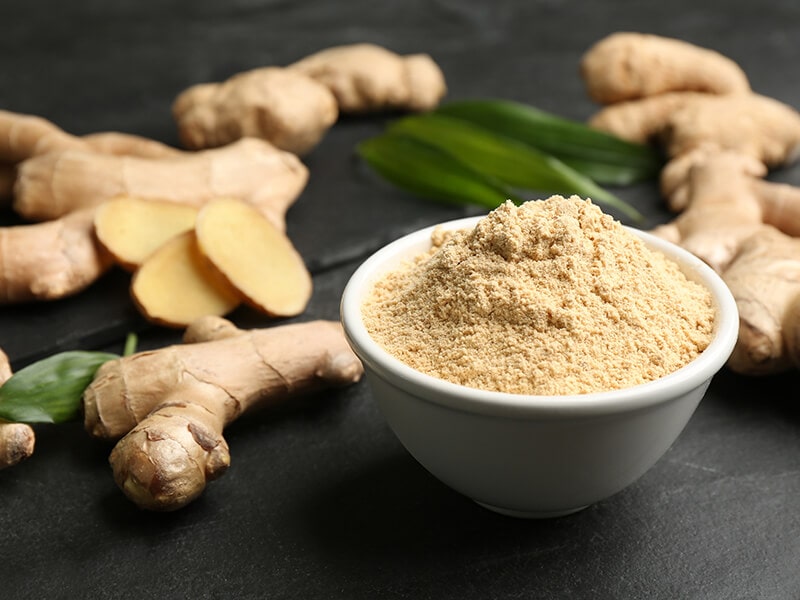
Ginger powder has a light yellow color and is used mainly for desserts, sweets, or soups. Its flavor retains the signature spicy kick but less flavor complexity than the fresh ginger.
Using ginger powder in soups can withstand better under high heat and not change the dish’s flavor. To replace galangal in soups or stews, you can try the proportion of 1 teaspoon of fresh galangal equals nearly ⅛ teaspoon of ginger powder.
The powder is always more content than the fresh. Although it brings less aroma, it’s still hotter than the taste of galangal. Start with the suggested ratio, and you can change it later.
10. Mustard Seeds
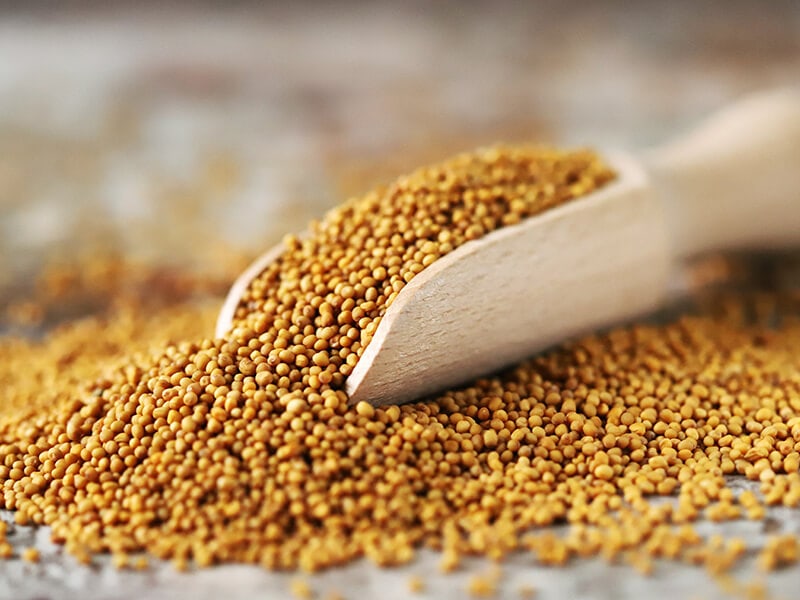
White mustard seeds are the most popular types among the major mustard types: black, brown, and white. They also have the mildest spicy taste, which lasts more on your tip tongue than in your nasal.
You can find these white mustard seeds at stores and use them in sauteé with other hot ingredients. I suggest using these mustard seeds to replace galangal in pickled side dishes or ground into fine powder to season and cook with fishy ingredients.
Mustard seeds can replace the hotness but can barely replicate the distinct galangal pungent odor so that you should adjust their conversion ratio gradually.
11. Black Pepper
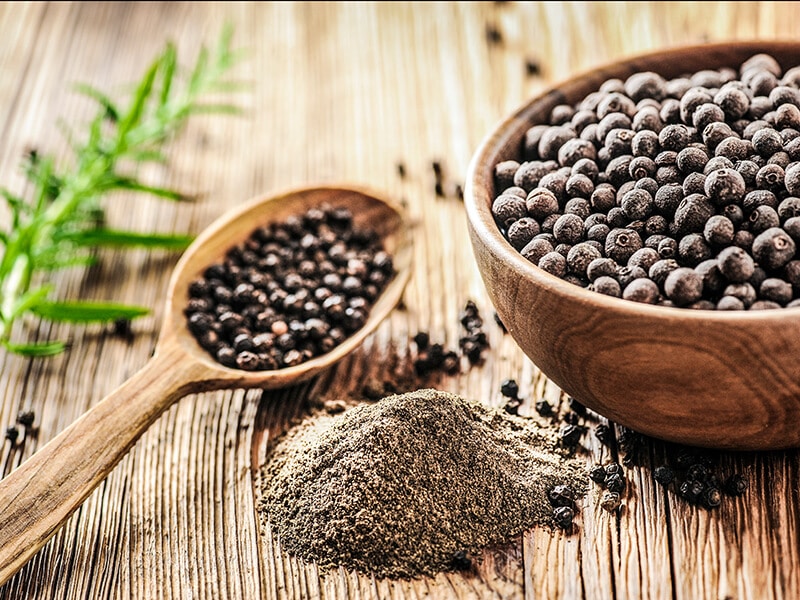
Black pepper is so prevalent in every cuisine in the world. You can easily find black pepper in various variants, such as powder, whole grains, or mixed spices.
Black pepper provides such a robust peppery flavor, sharp pungency, warmth, and earthy taste into your dishes, which are relatively similar to galangal.
Its dominantly hot taste can replace galangal in meat and fish dishes, soups, stews, salad, stir-fries, or even rubs or marinades. The black pepper taste can lift the aroma of your food to another level. You can start with a pinch or two first and adjust it up to you.
One tip is to keep your black pepper the whole grains and only grind or pound them when you want to use them. It is to preserve its taste better.
12. White Pepper
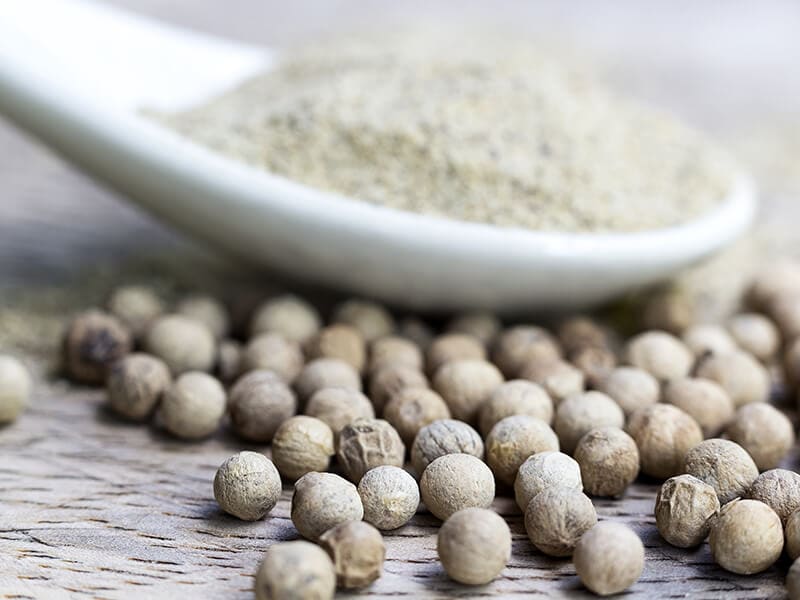
Now, some of you may want to ask how different white pepper is from black one, and which one I should choose. Flavor-wise, their taste descriptions are partly the same, but overall, white pepper is less pungent and definitely hotter than black.
You can also use white pepper in marinades or stews, but it is more often used in cheese fondue and soups with bright colors (to avoid the mixed black small spots). Therefore, the hot taste of white pepper can also replace galangal in soups to gain an intense hot flavor.
If you use too much white pepper at once, it might be too overpowering. I suggest you adjust the amount pinch by pinch the first time.
The 3 Things You Might Not Believe Can Replace Galangal
You and I have gone through the spices and vegetables that can substitute galangal, now I will continue to share with you some other substitutes to alter galangal.
13. Mustard Oil
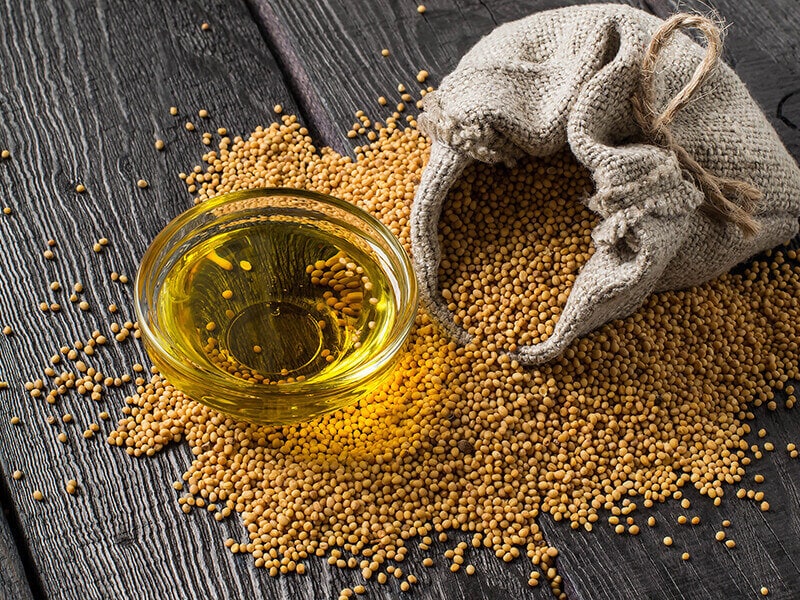
Mustard oil is an “exotic” type of oil with mustard-like pungency and a taste of bitterness. Its bitterness can reduce and become sweet during the cooking process.
Mustard oil is an essential part of the culinary world of Pakistan and India. It’s used for stir-fries and is suitable for preserving pickled dishes. With the high smoke point up to 480 degrees F, you can use it as a deep-fry oil or stir-frying to add aroma to your food.
To substitute galangal, you should use it to marinade ingredients for roasts, grills to receive the pungent aroma. It is essential to notice that you should use only 1 teaspoon of mustard oil for each meal and only 600-700ml per month.
If you overdose, it can cause harmful side effects to your heart. Therefore, for the first time using it to replace galangal, you should start with a tiny amount.(2)
14. Cinnamon + Mace
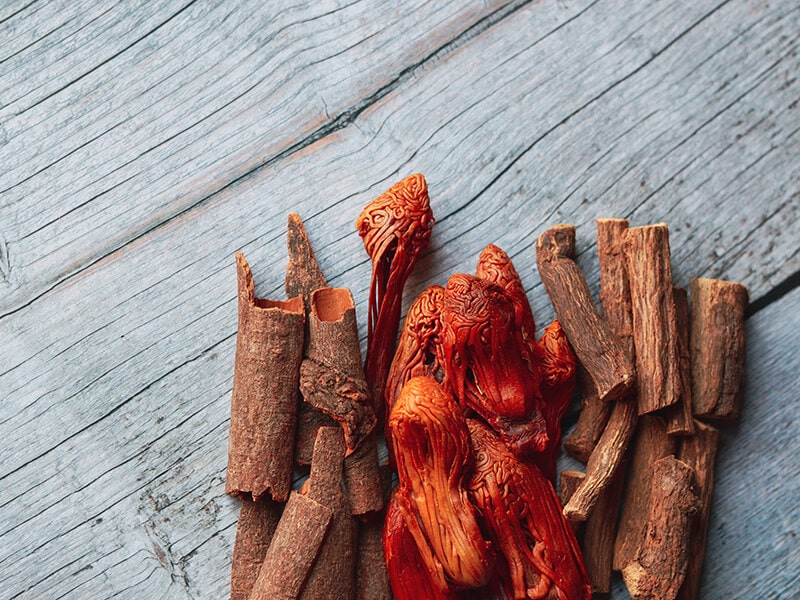
This is such a weird combination since cinnamon is known as the rival of nutmeg (the nut covered by mace). Cinnamon is known for its potent and unmistakable scent, sweet and citrusy taste, and a light spiciness as the highlight.
Mace’s flavors are also described as mildly sweet, warm, slightly woody, and intense. Therefore, when you combine these spices, they will help replicate the galangal flavor.
Although both spices are mainly used in baking goods, they are also perfect for savory dishes. I recommend you to use them in stews and soups that require galangal, especially with meats like lambs or beef and seafood.
It would be best to start with a small amount first, and you can change it based on your preference.
15. Cinnamon + Ginger
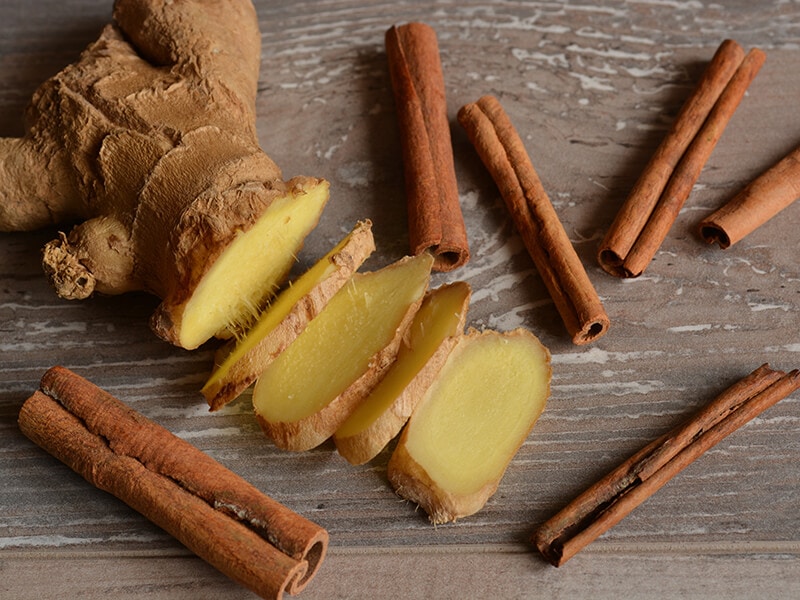
If you can not find mace, you can use different types of cinnamon and ginger to replace galangal in some circumstances.
Since the ginger has a hot solid taste and misses the citrusy flavor of galangal, cinnamon can help with that. You can use this combination to substitute galangal in curries, stews, stir-fries, and other dishes.
There is no certain proportion for this alternative; you can start by a small amount and increase later.
Ginger and cinnamon tea is believed to help with your obesity and detox; why not try it now?
FAQs
You might have a lot of questions about this exotic vegetable, galangal, and its substitute. I will answer some of the most common questions and let’s see if you can find your answers.
What’s A Good Galangal Alternative?
Choosing a galangal substitute or any other ingredient substitute, you might want to start with ingredients with similar flavor descriptions.
In the case of galangal, ginger and its cousins from the ginger family-like fingerroot or turmeric are in the top list. Then comes the pre-made galangal products like galangal paste or powder.
It is up to you and the flavors you are looking for when replacing galangal with the other ingredients. You want a hot and spicy taste, horseradish, black and white pepper are top choices. You want something citrusy; you can choose lemongrass or kaffir lime leaves.
I hope that all the suggestions for galangal alternatives in this article today are helpful to you. If you have better conversion ratios for those, please share them in the comments so that everyone can take them as advice!
Nutrition Facts
20 servings per container
- Amount Per ServingCalories67
- % Daily Value *
- Total Fat
7.1g
11%
- Saturated Fat 1.3g 5%
- Sodium 7mg 1%
- Total Carbohydrate
2.1g
1%
* The % Daily Value tells you how much a nutrient in a serving of food contributes to a daily diet. 2,000 calories a day is used for general nutrition advice.
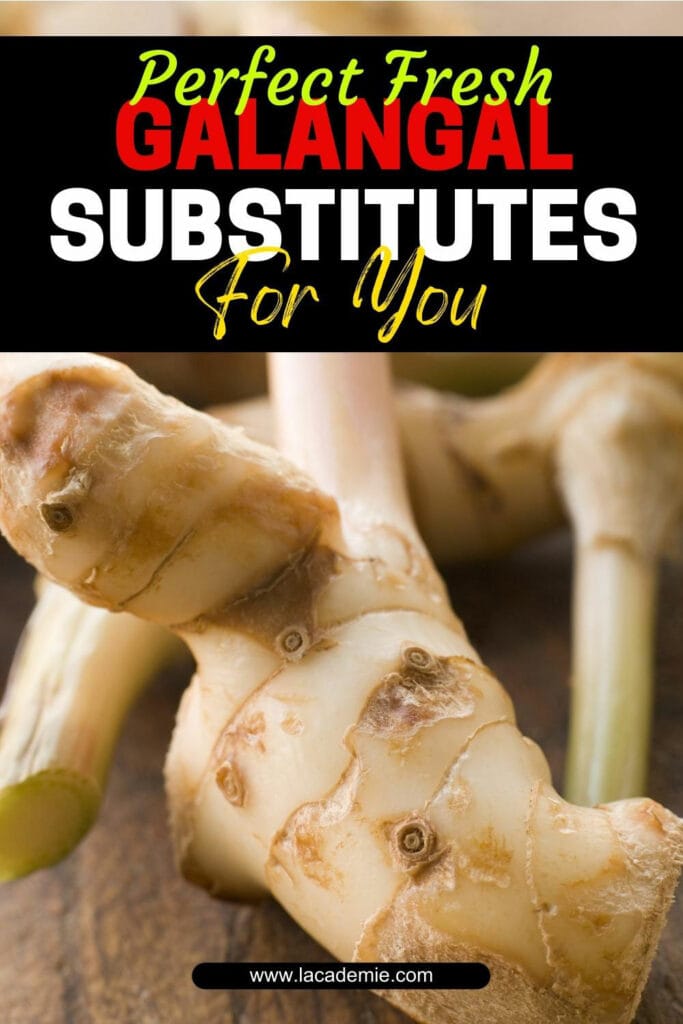
References
- Anon, 2021. Galangal. Wikipedia.
- NDTV.com. 2021. Mustard Oil: The One Cooking Oil Which Is Good For Your Heart, Skin And Much More.
- STYLECRAZE. 2021. Galangal: Benefits, Side Effects, Composition, And How To Use.

